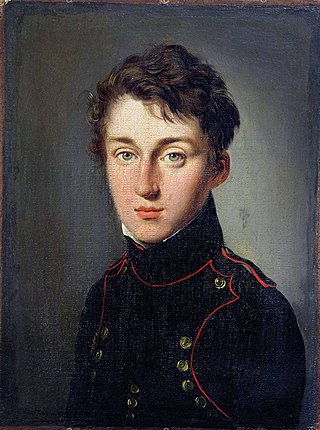
Nicolas Léonard Sadi Carnot was a French military engineer and physicist. A graduate of the École polytechnique, Carnot served as an officer in the Engineering Arm of the French Army. He also pursued scientific studies and in June 1824 published an essay titled Reflections on the Motive Power of Fire. In that book, which would be his only publication, Carnot developed the first successful theory of the maximum efficiency of heat engines.

Lazare Hippolyte Carnot was a French politician. He was the younger brother of the founder of thermodynamics Sadi Carnot and the second son of the revolutionary politician and general Lazare Nicolas Marguerite Carnot, who also served in the government of Napoleon, as well as the father of French president Marie François Sadi Carnot.

Marie François Sadi Carnot was a French statesman who served as President of France from 1887 until his assassination in 1894.

Benoît Paul Émile Clapeyron was a French engineer and physicist, one of the founders of thermodynamics.
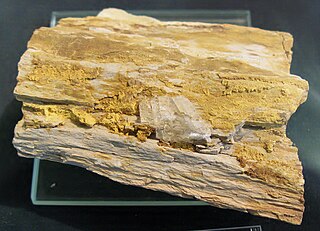
Carnotite is a potassium uranium vanadate radioactive mineral with chemical formula K2(UO2)2(VO4)2·3H2O. The water content can vary and small amounts of calcium, barium, magnesium, iron, and sodium are often present.
The Conservatoire national des arts et métiers is an AMBA-accredited French grande école and grand établissement. It is a member of the Conférence des Grandes écoles, which is an equivalent to the Ivy League schools in the United States, Oxbridge in the United Kingdom, the C9 League in China, or the Imperial Universities in Japan. CNAM is one of the founding Schools of the Grande école system, with École polytechnique and Ecole Normale Supérieure in 1794, in the wake of the French Revolution.

Henry Louis Le Chatelier was a French chemist of the late 19th and early 20th centuries. He devised Le Chatelier's principle, used by chemists and chemical engineers to predict the effect a changing condition has on a system in chemical equilibrium.

Mines Paris – PSL, officially École nationale supérieure des mines de Paris, is a French grande école and a constituent college of PSL Research University. It was originally established in 1783 by King Louis XVI.
Events from the year 1839 in France.
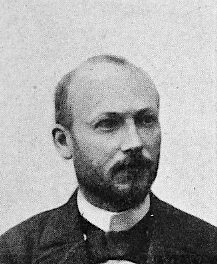
Paul Jean-Baptiste Gasq was a French sculptor, born in Dijon.
Alfred-Marie Liénard, was a French physicist and engineer. He is best known for his derivation of the Liénard–Wiechert potentials.

Lewis Dunbar Brodie Gordon was a Scottish civil engineer.

Joseph Obalski was a French-Canadian mining engineer, civil servant, professor, and author.

Charles Louis de Saulces de Freycinet was a French statesman who served four times as Prime Minister during the Third Republic. He also served an important term as Minister of War (1888–1893). He belonged to the Moderate Republican faction.

Paul Carnot was a French physician.
Clément Georges Lemoine was a French chemist and hydrologist. He was the father of geologist Paul Lemoine (1878–1940).
François Cyrille Grand'Eury was a French geologist, paleontologist and mathematics teacher.
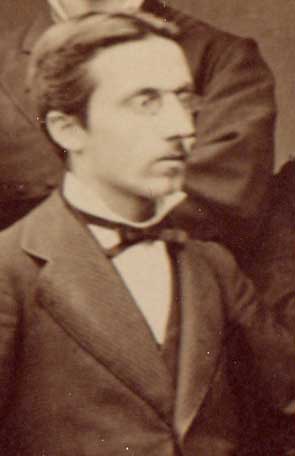
Henry Küss was a French mining engineer. After brilliant studies at the École Polytechnique and École des Mines he was placed in charge of the mineralogical sub-district around Grenoble. While holding this position, he made overseas trips to Uruguay, Mozambique, Argentina, Peru, Bolivia, Spain, Tunisia and Australia (twice) to assess the potential of mining concessions, earning a high reputation among financiers. He was appointed an inspector-general of mines, and made important contributions to mining education and mine safety and hygiene regulations.
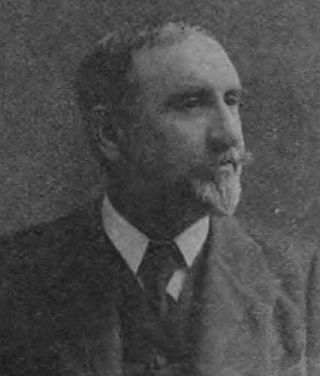
Charles Raoul Verlet was a French sculptor and art professor.














